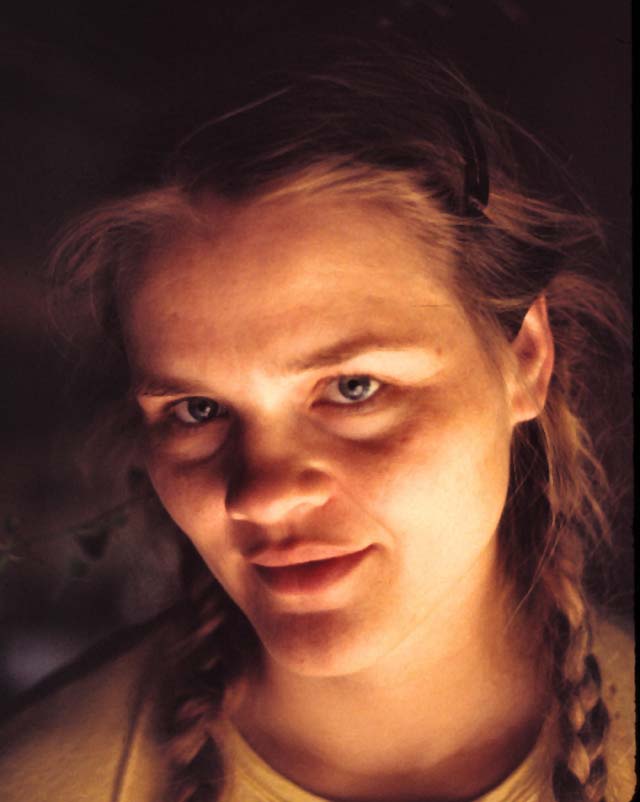Did you know that George Washington was a farmer? And that it was his favorite job of all the things he did in his life? Well, he wasn't exactly the guy with the shovel in hand. He owned thousands of acres, and had a big staff and
a large group of slaves, too. So, of course, they did the actual work part with the shovels, the plows, the horses, etc. But, in my teaching of 4th grade back in Maryland, we went to Mt. Vernon, his home, on a field trip each year. We learned all about his life before, during, and after the visits, and one of the interesting ways they taught the students about his life was to divide it into the four jobs that he had.
First, he was a surveyor as an older teen. Second, he was a farmer. He'd inherited the estate from his older half-brother,
Lawrence, upon the brother's untimely death. The third job, of course, was general of the Continental Army, and, fourth was president of the United States. During the Revolutionary War and the Presidency, he maintained Mt. Vernon as his home, and his wife, Martha and her two children lived there. (She was a widow when she married George.)
His other roles caused him to spend so many years away from Mt. Vernon, and because he loved living there, he lamented the lost time. If you've never gone to visit this historical site, you need to put it on your list. It's beautiful and educational, and it is easy to see why he didn't like being gone. He was an innovator, not just a farmer who did what had always been done. He built a large greenhouse and grew lemon and orange trees, and even a few banana trees. When he was at Mt. Vernon (and not fighting the French or the British or being president) he kept extensive records about everything grown there, the latest results of tree grafting, and which kinds of wheat were turning out most suited for their soil. He quit growing tobacco early on and went into grain because it gave a better return for the effort. He'd go out everyday and ride all over the estate to check on things.
So, why am I talking about farming, again? Well, we celebrated the 1st president on Saturday by doing a little farming ourselves. A mighty little...we planted our tomatoes. We've found that if we get the tomatoes in the ground by early March, we can usually get a big harvest before the strong heat starts up. It's one thing to be 105 degrees during the day, but until early June, it usually cools down a little at night. But, when the nights stay hot, too, then the tomato flowers won't bloom anymore and the few blossoms left won't set fruit. So, since the plants need 60 days to produce fruit, we've learned to plant them so they have plenty of time to pop out juicy tomatoes for a month or two before they wilt in the summer blast.
If we do that, then we just let them sit there sagging through June, July and August. By mid-September, the nights are cooling down again, and the tomato plants perk up again. In October they put out new leaves and pretty soon we get flowers and all through November and December we can harvest more tomatoes! Usually around Christmas time, it starts to get really cold, dropping into the 30's at night. So, I go out and pluck off all the green tomatoes that have formed, and bring them in to ripen on the counter. We always get some frosty nights in December and January and that finishes off the plants. So, tomato-time is officially finished until my favorite month: February.
It isn't just my birthday that makes me celebrate. It's the sunlight increase, and the warm air that spreads across the desert. We decided to take advantage of the fabulous warm week we'd had and dig up the garden, pluck out the weeds and plant this year's tomato crop. Even though it is raining and brisk out there tonight (40 degrees---it was 77 yesterday!!) I know that winter is
OVER and we're on the countdown to caprese salad and tomato sandwiches and the yumminess of
the world's healthiest food.
Here's a close-up of one of our plants.
I didn't plant anything else but tomatoes this year. We have ten plants. I'll add basil next month when it's consistently warmer.
Basil thrives in the summer blast furnace.
Spring is really here! The geraniums survived the freeze because I brought them over from the edge of the patio to the shelter of the house and covered them with beach towels. They like the sunshine and warm air. Me, too.
Here's what happens to desert plants that get lots of water.
Flowering succulents are beautiful and bees love them.










.JPG)

